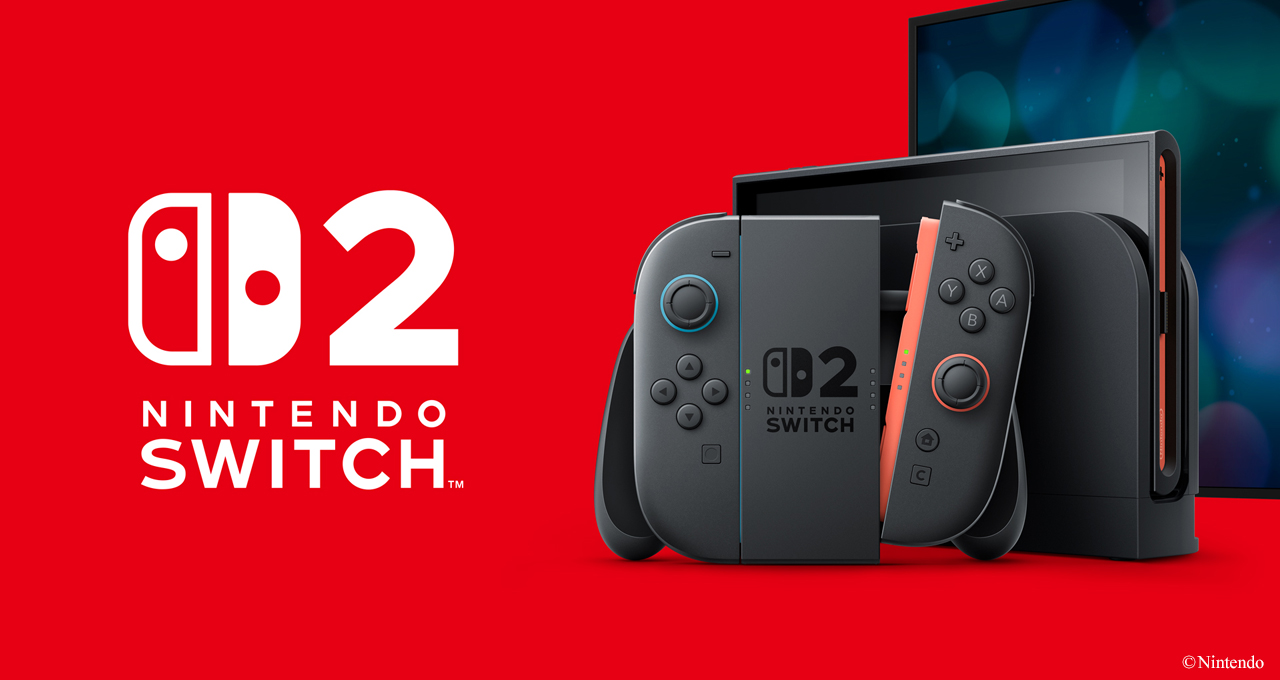The
Steam Deck OLED has higher computing power compared to the
Nintendo Switch 2, based on raw performance metrics. Here's why:
CPU Comparison:
- Steam Deck OLED: Uses a custom AMD Zen 2 APU with 4 cores and 8 threads, clocked between 2.4 - 3.5 GHz. This architecture is more powerful and efficient than the Switch 2’s ARM-based processor.
- Nintendo Switch 2: Expected to use a custom Nvidia Tegra T239 chipset with 8 ARM Cortex-A78C cores, likely clocked lower than Steam Deck’s CPU. While the extra cores could help in multi-threaded tasks, the individual core performance is weaker than Zen 2.
Winner: Steam Deck OLED (higher clock speeds and better architecture for gaming performance).
GPU Comparison:
- Steam Deck OLED: Uses an RDNA 2 GPU with 8 compute units (CUs) running at 1.0 - 1.6 GHz, providing up to 1.6 TFLOPS of raw power.
- Nintendo Switch 2: Expected to feature a 12 SM Ampere-based Nvidia GPU, supporting DLSS (AI upscaling) and ray tracing. Its raw power isn't confirmed, but estimates suggest ~1 TFLOP native, which may be boosted via DLSS.
Winner: Steam Deck OLED (higher raw GPU power, but Switch 2 may benefit from DLSS upscaling).
RAM Comparison:
- Steam Deck OLED: 16 GB of LPDDR5 RAM at 6400 MT/s.
- Nintendo Switch 2: 12 GB of LPDDR5 RAM (estimated speed not confirmed).
Winner: Steam Deck OLED (higher RAM capacity and faster memory bandwidth).
Conclusion:
The
Steam Deck OLED has superior
CPU, GPU, and RAM, making it more powerful for running high-performance games. However, the
Nintendo Switch 2 could optimize performance using
DLSS upscaling, making games look better at lower computational costs.
If you want raw power and PC-like gaming, the Steam Deck OLED is the better choice. If you prefer Nintendo exclusives and efficient upscaling, the Switch 2 might still deliver impressive performance despite lower hardware specs.



 Man muss da echt keine Angst haben, dass plötzlich Spieleflaute eintritt oder man seine Spielelibrary verliert bei niedrigen VKZ. Nachfolger auch schon bestätigt und in der Mache.
Man muss da echt keine Angst haben, dass plötzlich Spieleflaute eintritt oder man seine Spielelibrary verliert bei niedrigen VKZ. Nachfolger auch schon bestätigt und in der Mache. also dann mal gucken was die Switch 2 hermacht
also dann mal gucken was die Switch 2 hermacht



 1080p hat seine Vor und Nachteile. Eine davon ist, dass 120hz und vrr usw vorhanden sind, bei 720/800p screens nicht.
1080p hat seine Vor und Nachteile. Eine davon ist, dass 120hz und vrr usw vorhanden sind, bei 720/800p screens nicht.
